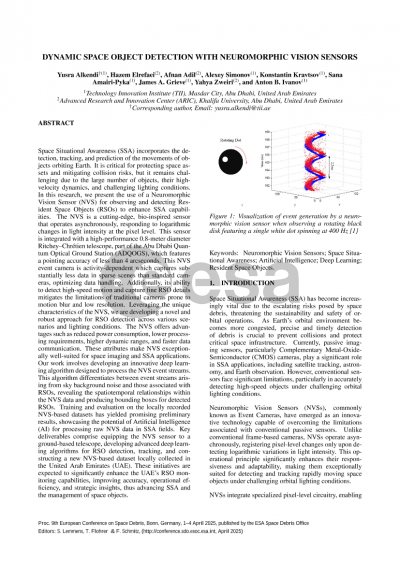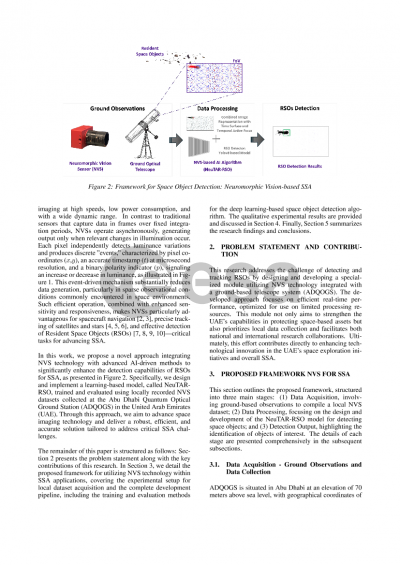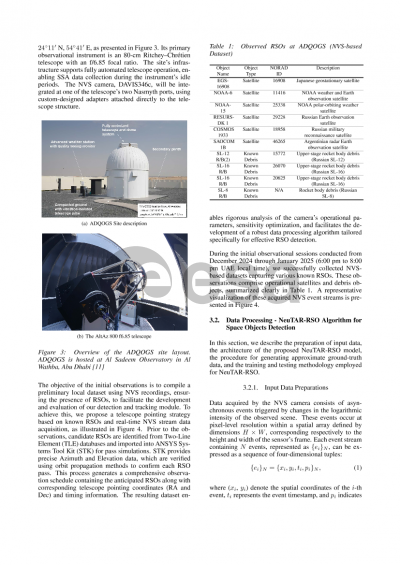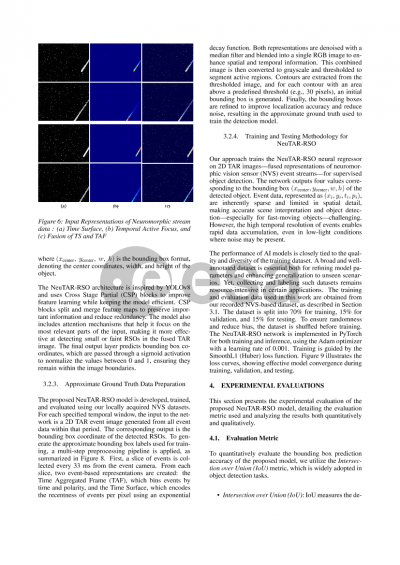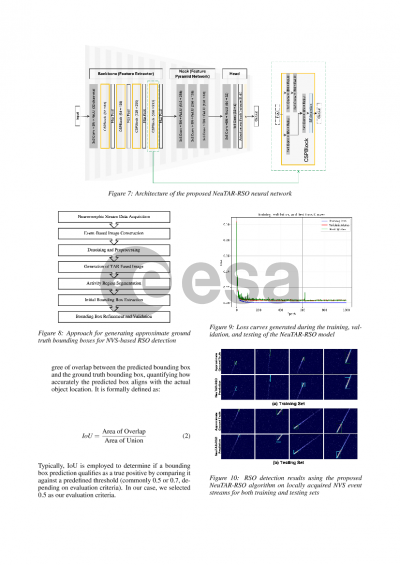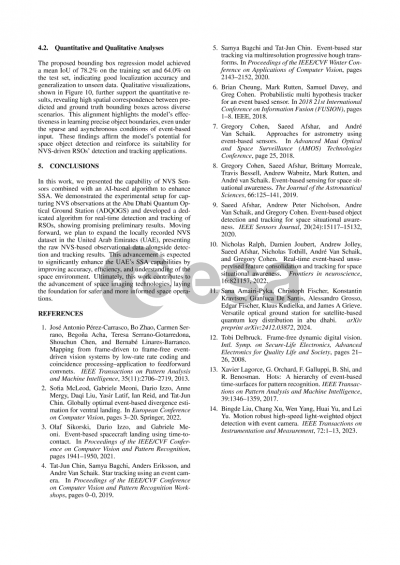Document details
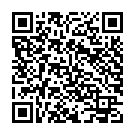
Abstract
Space Situational Awareness (SSA) incorporates the detection, tracking, and prediction of the movements of objects orbiting Earth. It is critical for protecting space assets and mitigating collision risks, but it remains challenging due to the large number of objects, their high-velocity dynamics, and challenging lighting conditions. In this research, we present the use of a Neuromorphic Vision Sensor (NVS) for observing and detecting Resident Space Objects (RSOs) to enhance SSA capabilities. The NVS is a cutting-edge, bio-inspired sensor that operates asynchronously, responding to logarithmic changes in light intensity at the pixel level. This sensor is integrated with a high-performance 0.8-meter diameter Ritchey–Chrétien telescope, part of the Abu Dhabi Quantum Optical Ground Station (ADQOGS), which features a pointing accuracy of less than 4 arcseconds. This NVS event camera is activity-dependent which captures substantially less data in sparse scenes than standard cameras, optimizing data handling. Additionally, its ability to detect high-speed motion and capture fine RSO details mitigates the limitations of traditional cameras prone to motion blur and low resolution. Leveraging the unique characteristics of the NVS, we are developing a novel and robust approach for RSO detection across various scenarios and lighting conditions. The NVS offers advantages such as reduced power consumption, lower processing requirements, higher dynamic ranges, and faster data communication. These attributes make NVS exceptionally well-suited for space imaging and SSA applications. Our work involves developing an innovative deep learning algorithm designed to process the NVS event streams. This algorithm differentiates between event streams arising from sky background noise and those associated with RSOs, revealing the spatiotemporal relationships within the NVS data and providing event classification labels. Training and evaluation on publicly available NVS-based datasets has yielded promising preliminary results, showcasing the potential of Artificial Intelligence (AI) for processing raw NVS data in SSA fields. Key deliverables comprise equipping the NVS sensor to a ground-based telescope, developing advanced deep learning algorithms for RSO detection, tracking, and constructing a new NVS-based dataset locally collected in the United Arab Emirates (UAE). These initiatives are expected to significantly enhance the UAE’s RSO monitoring capabilities, improving accuracy, operational efficiency, and strategic insights, thus advancing SSA and the management of space objects.
Preview
